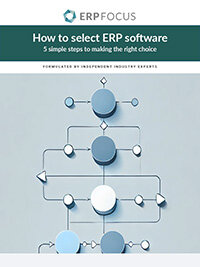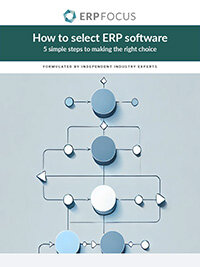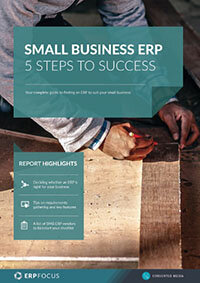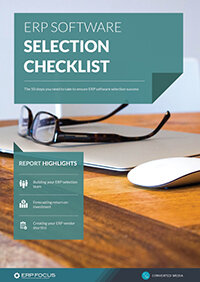Four key questions to ask ERP selection stakeholders
For any enterprise, the process of selecting an ERP platform is a daunting challenge. Resources-based systems typically offer all kinds of advantage, but getting a management cadre and workforce to sign-on to a system that may involve altering everything under the hood, ranging from operations to the loading dock, can be problematic.
Consequently, the most effective senior managers typically work from ground up by canvassing various ERP stakeholders first, by assessing their concerns then working forward from there. What are the four most important questions when engaging a stakeholder group in an early-stage selection evolution?
What business requirements do you have?
ERP systems are complex and not for the faint of heart. As such, ERP stakeholders must be helped to clearly understand what motivates an enterprise to behave in particular ways prior to considering the integration of an automated platform.
Recommended reading: make a success of the requirements-gathering phase with our ERP selection survival guide.
Therefore, in the search for one or more useable models, the only way to get the job done effectively is to develop rigorous sets of operational requirements establishing exactly what happens on a daily basis, then measure these results against the future goals. Enterprise requirement-setting alone offers a comprehensive challenge, however, as the old challenge homily suggests, “measure twice, cut once”, meaning that if a company isn’t willing to get into the guts of what’s going on at the outset, an ERP play isn’t likely to produce anything except excessive cost for no practical upside.
How far, how deep?
Once an enterprise has a substantive set of operational requirements in-hand, the next question becomes how much does the company want to get involved with an ERP effort? In this case, while scale is be important, a more critical question might be what leveragable modules can be applied, when?
This question goes to various time/motion formulas, and how resilient a company is when faced with both daily operational requirements, and typical change commitments that drive any ERP installation and launch. Again this question must be fully understood and accepted by both management and the workforce or the company will be setting itself up to fail before a single ERP module appears on a single workstation.
What current systems will be impacted?
This question may appear to be similar to the previous question and therefore redundant, but in fact, it needs to be asked on the basis of a discrete query. Legacy ERP systems have evolved considerably from the days when they were primarily concerned with inventory and the warehousing and tracking of products. Today’s ERP systems offer enormous value, but also harbor significant complexity that only the most sophisticated enterprises can fathom easily, and many times, even the largest corporate giants fail. Therefore, it is critical to approach an ERP purchase on a clearly-established basis, to avoid lost production time, excessive cost, or all of the above.
What will the projected Total Cost of Ownership (TCO) be?
Of course the previous question also applies to overall TCO, although in this event, projected numbers here are more a matter of focusing on the words “total” and “ownership.” This query is really driven by an attempt to establish the enterprise’s level of long-term commitment to an ERP effort, since if a company’s decision-makers are weak-kneed at the outset; it is likely that the company itself will fold under the pressure downstream.
Free white paper

How to Select ERP
Learn to select your ERP in 5 easy steps by following our expert's advice

Featured white papers
-

ERP Software Pricing Guide
Get the latest pricing information on over 80 popular ERP systems, and learn how to budget for your ERP project in our free guide
Download -

Small business ERP: five steps to success
Download -

60-Step ERP Selection Checklist
Get the comprehensive checklist for your ERP selection project
Download
Related articles
-

The best ERP systems for process manufacturing
Consider these ERP systems when selecting your next process manufacturing ERP
-

Secret KPI: Why Your ERP Implementation Team Matters More Than Software
Learn how Godlan ensures successful ERP implementation for manufacturers with proven strategies &...
-

5 ERP pricing definitions you need to understand
Have you mastered the ERP pricing lexicon yet? Getting to grips with these five definitions is a ...

